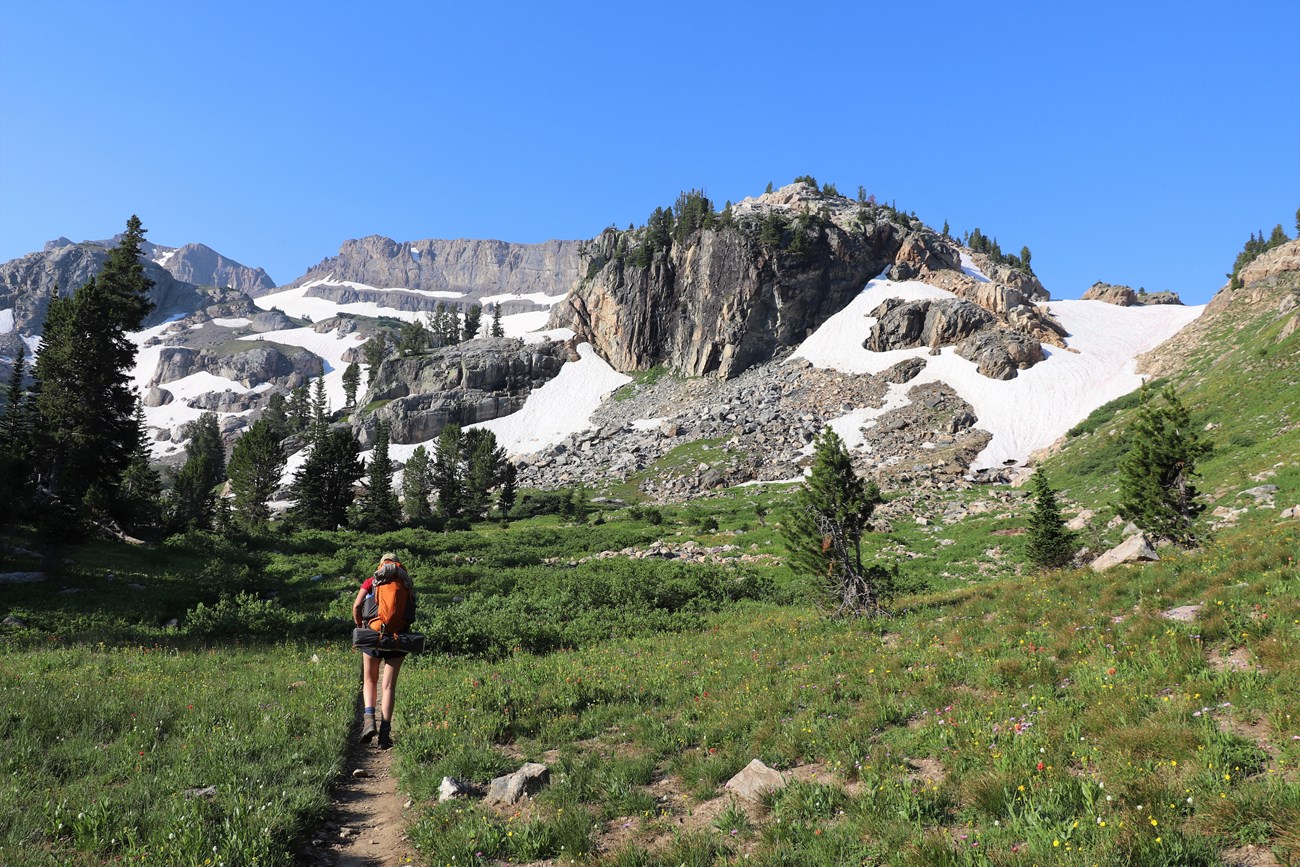
Planning Your Backcountry TripThe most successful backcountry trips are a combination of the right trail, doable mileage, camp spots, and the right gear. In Grand Teton, there are many things to consider, from late season snow, to permit availability, to bear safety. With all the moving parts, use this planner to prepare for your trip into the backcountry. Permits are required for all overnight stays in the backcountry, whether the destination is a lakeshore site on Jackson Lake or Leigh Lake, a camping zone along the Teton Crest Trail, a Technical Climbing/Garnet Canyon area site, or a site in the remote Northern Canyons. Planning tools
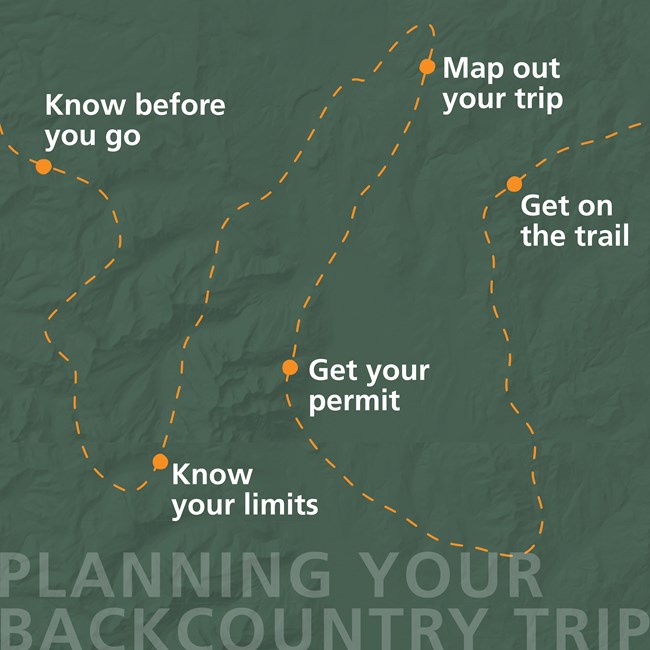
NPS Illustration Steps for planning your trip
Find Your WayPick the best route and camping spots for you and your group. 
Know Before You Go
Learn when the snow melts and what the trail will be like. 
Backcountry Zones and Sites
Map out your route and find a place to camp. 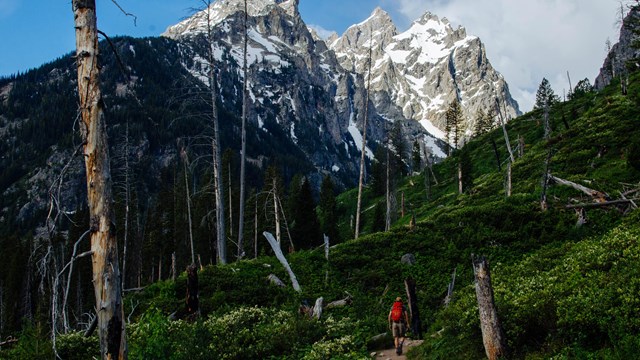
Hike in Grand Teton
Explore hikes throughout Grand Teton National Park.
Get Your PermitAfter you've made your plan A (and B...and maybe C), the next step is to get a permit. Backcountry camping permits are in high demand, especially in the summer months. Be flexible with your plan and dates. 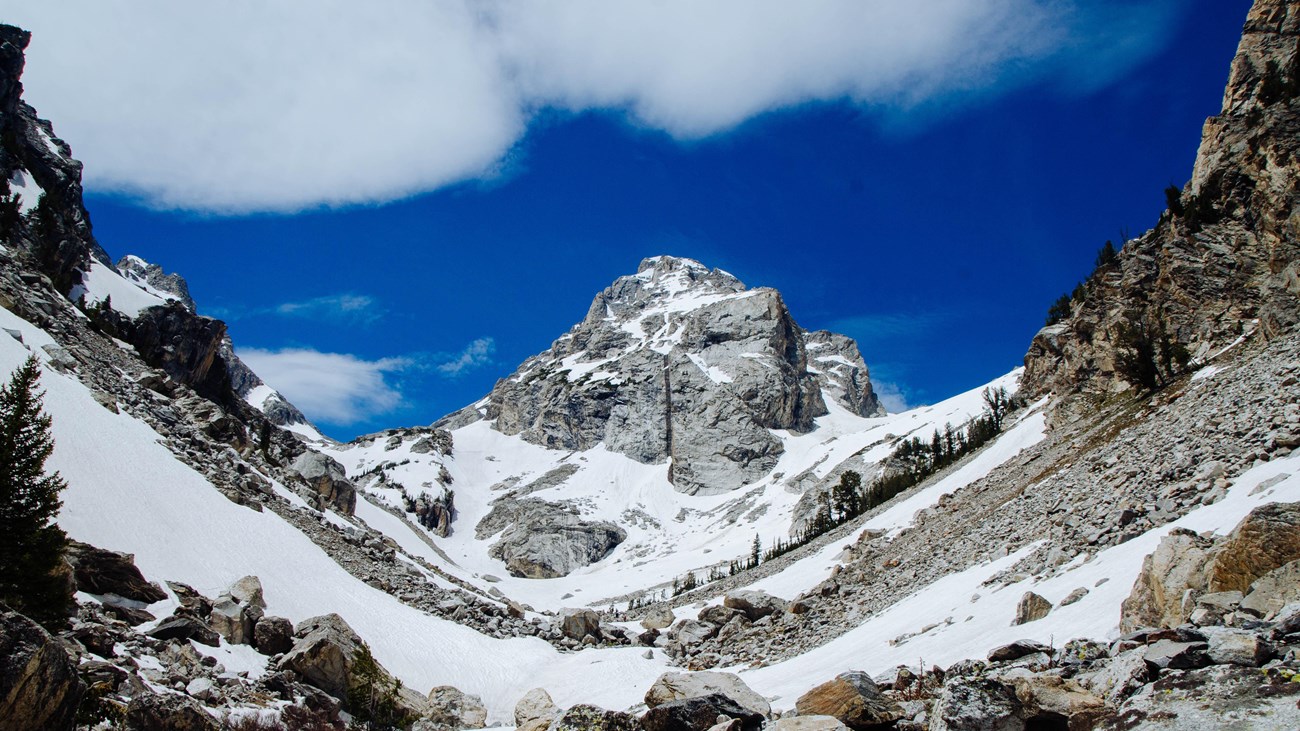
Get Your Permit
Current pricing and tips for getting a permit
Get on the trailGet the gear, it's time to go backcountry camping! Learn how to backcountry camp in bear country and how to travel safely in the mountains. Watch the park's video to help plan your adventure to the high country in Grand Teton National Park. Learn about safe travel, camping in bear country, clean camping practices and summer weather. 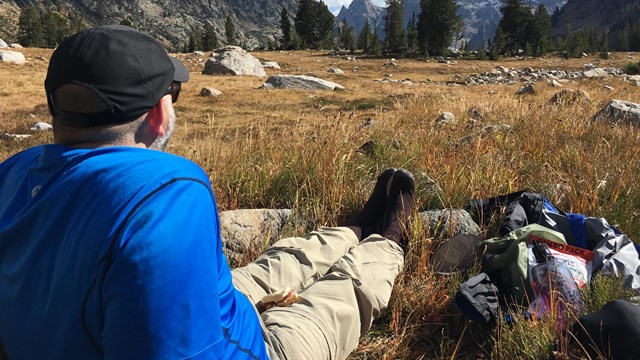
On the Trail
Learn the best practices for backcountry camping. 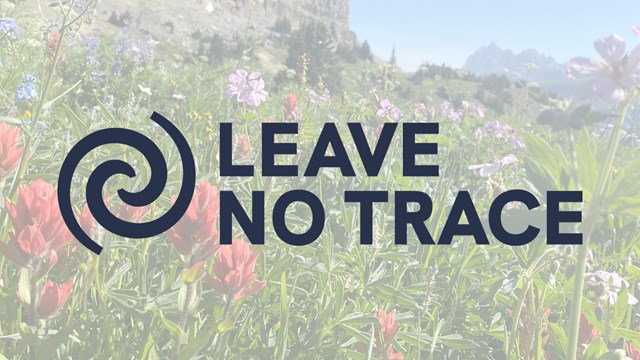
Leave No Trace
Minimize your impact and Leave No Trace of your visit to wilderness. The requested video is no longer available.
For Your Safety
Things to KnowHelp protect resources and ensure the backcountry experience. By signing the backcountry permit, you agree to respect the backcountry. Read and abide by the backcountry regulations printed on the back of your permit as well as park regulations and safety advisories. Failure to comply may result in fines and revocation of the permit.
Have more questions?Visit the backcountry FAQs page to learn more about permits and route finding. Additional Grand Teton Information
Permits and Reservations
Find out what you need a permit for. 
Visit the Jenny Lake Ranger Station
Visit the Jenny Lake Ranger Station for climbing and backcountry information. 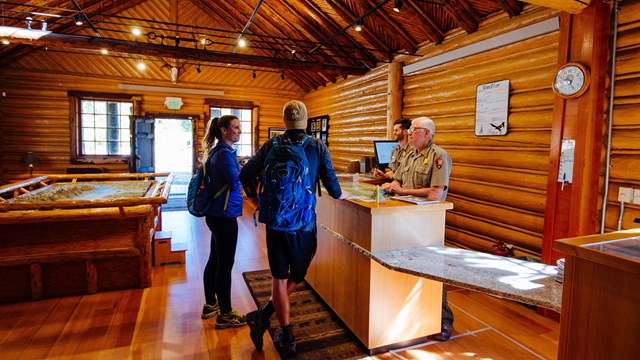
Talk to a Park Ranger
Find a visitor center in Grand Teton. 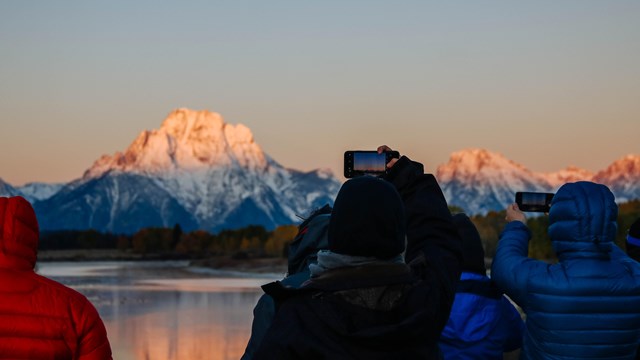
Plan Your Visit
Learn more about Grand Teton and plan your trip here. 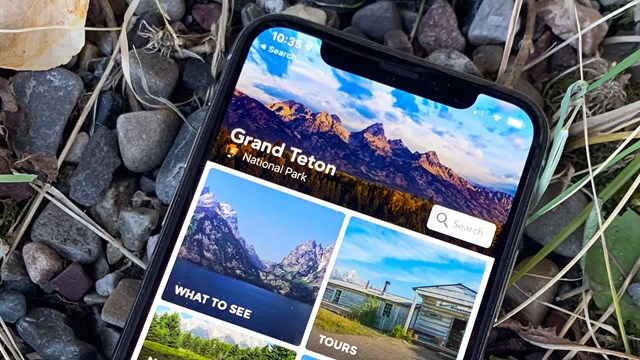
We Have an App for That
Download the NPS App before you get here! Explore Grand Teton and discover places to visit, find a bite to eat, and a place to stay. | ||
Last updated: April 14, 2025


